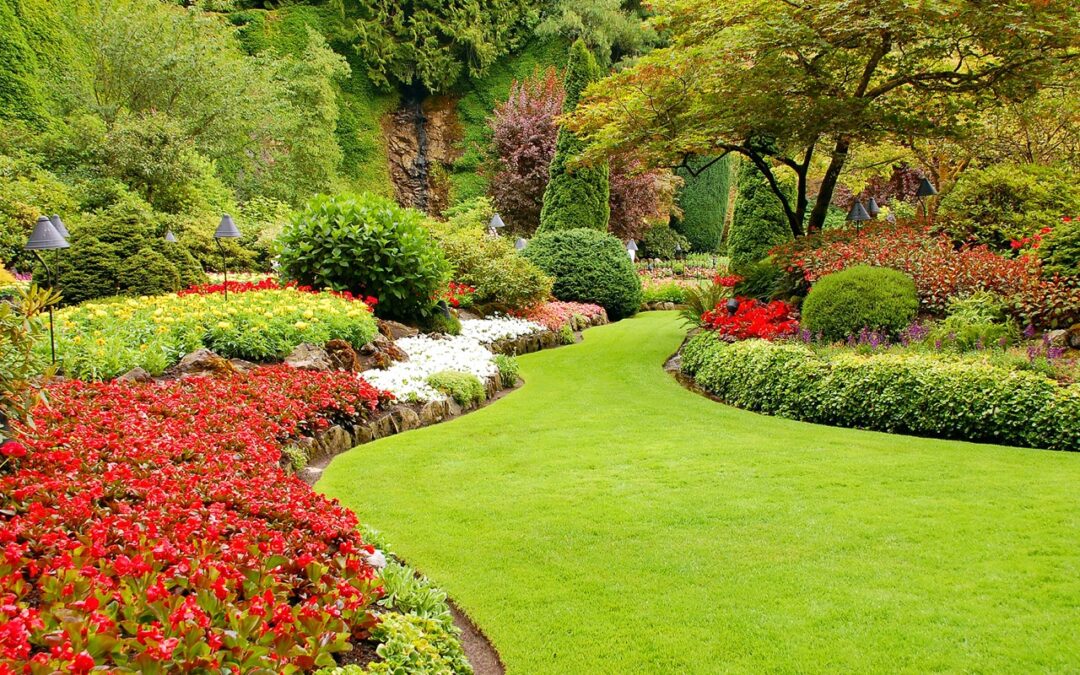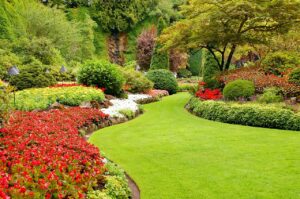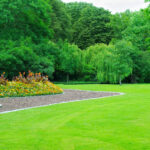Preparing Your Paulding County Lawn For Spring
Spring is a beautiful time of year in Georgia, with blooming flowers, warmer temperatures, and longer days. As a landscape expert, I have seen firsthand the importance of preparing your yard for spring. With a little bit of planning and effort, you can have a vibrant and healthy yard that will be the envy of your neighborhood. In this article, I will discuss the steps that Georgia residents can take to prepare their yard for spring.
1. Clean Up Winter Debris In The Lawn
The first step in preparing your yard for spring is to clean up any debris that has accumulated over the winter months. This includes fallen leaves, dead branches, and any other debris that may have blown into your yard. Not only does this make your yard look more presentable, but it also allows for better air circulation and sunlight for your plants.
2. Prune Trees and Shrubs
Winter can be harsh on trees and shrubs, and they may have suffered some damage or become overgrown during this time. Pruning is essential for maintaining the health and appearance of your plants. It is best to prune before new growth begins in the spring, as this will encourage healthy growth and prevent any potential disease or pest infestations.
3. Test and Amend Soil In The Landscape
Before planting anything new in your yard, it is crucial to test your soil’s pH levels and nutrient levels. Georgia’s soil tends to be acidic, so it is essential to add lime to raise the pH if needed. You can also add organic matter, such as compost or manure, to improve the soil’s structure and provide essential nutrients for your plants.
4. Plan Your Garden
Spring is the perfect time to start planning your garden. Consider what plants and flowers you want to grow and where you want to plant them. Take into account the amount of sunlight and water each area of your yard receives to ensure that your plants will thrive. You can also incorporate native plants into your garden, as they are well adapted to Georgia’s climate and require less maintenance.
5. Start Planting
Once you have cleaned up your yard, pruned your trees and shrubs, and prepared your soil, it is time to start planting. In Georgia, the last frost date is typically around mid-March, so it is safe to start planting after this date. You can start with cool-season annuals such as pansies, snapdragons, and petunias. These plants can tolerate cooler temperatures and will add a pop of color to your yard.
6. Mulch And Pine Straw
Mulching is an essential step in preparing your yard for spring. It helps to retain moisture in the soil, suppress weeds, and regulate soil temperature. In Georgia, pine straw is a popular choice for mulch, as it is readily available and breaks down slowly, providing nutrients to the soil. You can also use shredded bark or compost as mulch.
7. Fertilize
Fertilizing your lawn and plants in the spring is crucial for their growth and health. Choose a slow-release fertilizer that will provide nutrients to your plants over time. Be sure to follow the instructions on the package and avoid over-fertilizing, as this can harm your plants.
8. Check Irrigation System
As the weather warms up, your plants will require more water. It is essential to check your irrigation system to ensure that it is working correctly and adjust the settings accordingly. If you do not have an irrigation system, consider installing one to make watering your yard more efficient.
9. Control Weeds and Pests
Spring is also the time when weeds and pests start to emerge. It is crucial to stay on top of weed control to prevent them from taking over your yard. You can use natural methods such as hand-pulling or using a weed killer that is safe for your plants. As for pests, keep an eye out for any signs of infestation and address them promptly to prevent damage to your plants.
10. Maintain Your Lawn
A healthy and well-maintained lawn is the foundation of a beautiful yard. In the spring, it is essential to mow your lawn regularly, but avoid cutting it too short, as this can damage the grass. You can also aerate your lawn to improve air and water circulation and remove any thatch buildup.
Preparing your yard for spring in Georgia requires some effort and planning, but the results are well worth it. By following these steps, you can have a vibrant and healthy yard that will be the envy of your neighborhood. Remember to clean up winter debris, prune trees and shrubs, test and amend soil, plan your garden, start planting, mulch, fertilize, check your irrigation system, control weeds and pests, and maintain your lawn. With these tips, you can enjoy a beautiful and thriving yard throughout the spring and summer seasons. If you need help preparing your lawn for spring, reach out to us today.






